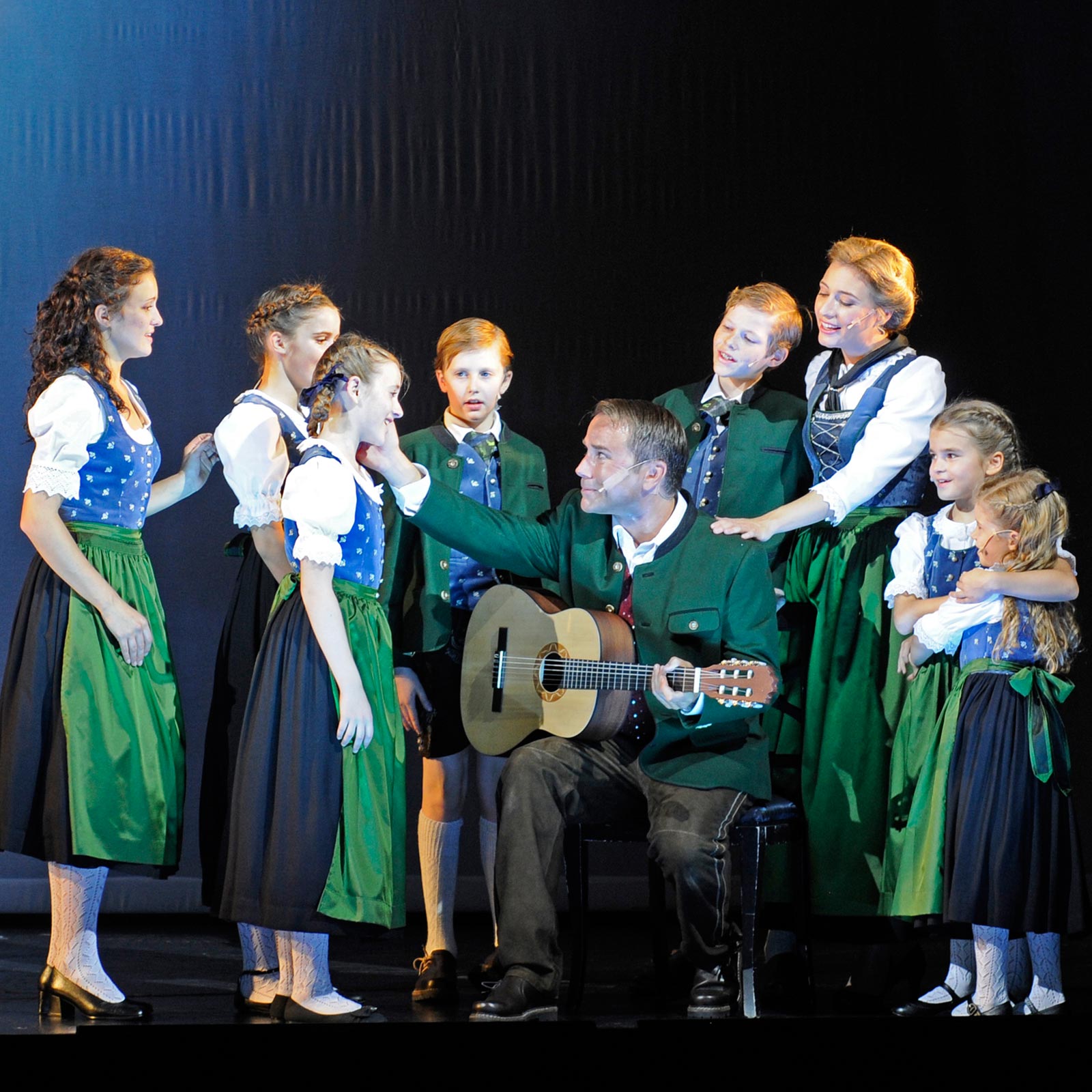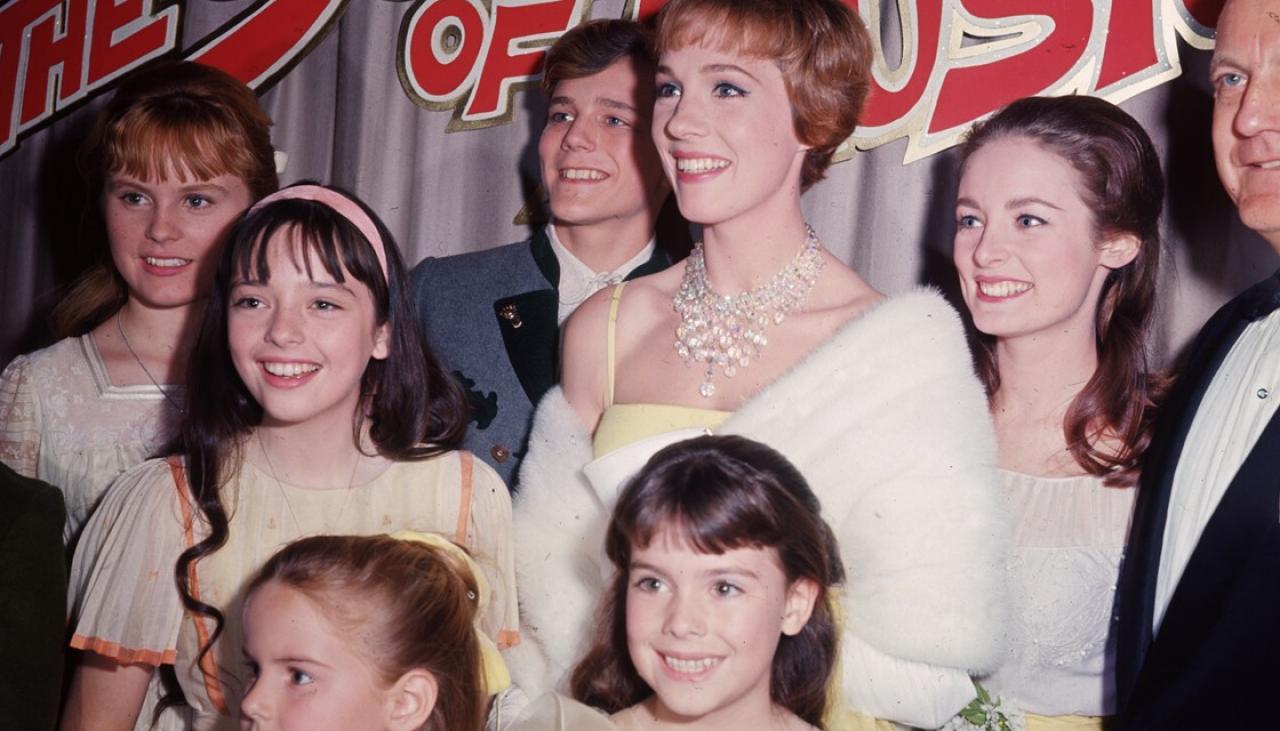Table of Content
- Villa Trapp, Tour of the Original Living House from the Sound of Music Movie
- Did the Von Trapp family ever return to their home in Austria?
- Three Christmases, $800 cheaper: Gloria’s long haul, time zone treat
- Trapp Family
- The Real Von Trapp Family And The True Story Behind ‘The Sound Of Music’
- The Orphans of COVID: America's Hidden Toll
Outside Salzburg in the gorgeous village of Mondsee is the church where the wedding of Maria and Georg was filmed. Although not actually seen in the film, the scenes in which the family hide from the Nazis were on a Hollywood set that is based on this cemetery near the centre of town. Austrian Airlines flies to Vienna from Bangkok with codeshare connections to Australian cities via Thai Airways; see austrian.com. From Vienna, the train to Salzburg takes about 2½ hours; see oebb.at/en. After the war, a religious group, the Catholic Missionaries of the Precious Blood, bought the property from the Von Trapps, who had had their ownership restored after the Nazis were defeated.

A beautifully manicured park where Maria and the children singDo-Re-Mi. Although the Nazi leader died in Germany, Unterkofler says the priests that moved in after the war could hear the creaking of the boots of Himmler's ghost on the floorboards at night. They performed three exorcisms to get rid of his presence, but none was successful. In the end, the "ghost" was finally driven away after a carpenter fixed the boards. A beautifully manicured park where Maria and the children sing Do-Re-Mi. Villa Trapp in Salzburg.Although the Nazi leader died in Germany, Unterkofler says the priests that moved in after the war could hear the creaking of the boots of Himmler's ghost on the floorboards at night.
Villa Trapp, Tour of the Original Living House from the Sound of Music Movie
It received an Academy Award for “Best Picture of the Year.” The film is a worldwide favorite, and the family even received medals of honor from the Salzburg government in 1998 because of the increase in tourism caused by the movie. The von Trapp family escaped from Nazi occupied Austria when Werner was 23 in 1938. They arrived as refugees in New York where they quickly became popular with concert audiences, performing in the U.S. and 30 other countries until 1956. Army in 1943 and served in Europe with the ski troops as part of the 10th Mountain Division.

In 1894, aged fourteen, Trapp followed in his father's footsteps and joined the Imperial and Royal Austro-Hungarian Navy, entering the naval academy at Fiume . As part of their required education, all naval cadets were taught to play a musical instrument; Georg von Trapp selected the violin. Among other things, Trapp bought seven bottles of water from the Jordan River which were later used to baptize his first seven children. Georg Ludwig Ritter von Trapp was born in Zara, Dalmatia, then a Crown Land of the Austro-Hungarian Empire (present-day Zadar, Croatia). His father, Fregattenkapitän August Johann Trapp, was a naval officer who had been elevated to the Austrian nobility as Ritter von Trapp when he was awarded the Order of the Iron Crown Third Class.
Did the Von Trapp family ever return to their home in Austria?
Explore the family’s home at your own pace, and learn about the family’s history. The von Trapp family never made much money from the film and focused most of their attention on running the Trapp Family Lodge in Stowe. Indeed, the family took some issue with the movie’s creative liberties, including the depiction of Georg as a harsh and cold father. The last surviving member of the famous Trapp Family Singers made famous in The Sound of Music has died at her home in Vermont, aged 99.
According to the hotel's website, "Every room is carefully furnished to keep the spirit of the former time, but to feel today’s comfort of decent living with every detail. The rooms are dedicated to their former function or the family member who once lived there." Now, you can walk the halls, sing songs, and sleep in the same place that the real-life von Trapp family resided. You can head to Salzburg, Austria to see the real von Trapp mansion where the family resided.
Three Christmases, $800 cheaper: Gloria’s long haul, time zone treat
The von Trapp family makes the decision to flee Austria and head for the border in an attempt to escape Nazi rule. When they are stopped by a Nazi leader, the family convinces the soldier that they are simply going to sing at a festival. The widowed dad and his kids eventually find joy and music through Maria's teachings. Their story is one of overcoming hardship and the importance of family.

For those not wanting to stay at the hotel, guided tours are also available . Heinrich Himmler's bunker at Villa Trapp.Given the age and history of the building, it's not all that surprising to find that the hotel is not quite at the level of a modern luxury stay, but feels more like a B&B. On October 17, the city will play host to a celebratory gala in the Felsenreitschule theatre (itself the setting for one of the film's famous scenes), with guests, including cast members, flying in from around the world.
He gazebo for theSixteen Going on Seventeenscene of the the film has been moved numerous times but has been at Hellbrunn since 1997. It's now locked after too many visitors injured themselves trying to leap from seat to seat as Liesl does in the film. When the Von Trapps, the famous musical family depicted inThe Sound of Music, escaped the Nazis, the story of their Austrian home was far from over. The gazebo for the Sixteen Going on Seventeen scene of the the film has been moved numerous times but has been at Hellbrunn since 1997. Villa Trapp, home to the real Von Trapp family, is not as grand or luxurious as the property used for the film, the Hotel Schloss Leopoldskron – an enormous 300-year-old palace that became the home of theatre director Max Reinhardt.
When Mitra is removed from Hudeček's list, Trapp is ahead even on merchant shipping. At 99, the younger Maria von Trapp was the last surviving child of Captain von Trapp’s children from his first marriage. All three of his younger children, from his second marriage, are still alive. Georg died in 1947 and was buried in the family cemetery on the property. While fame and success continued for the Trapp Family Singers, they decided to stop touring in 1955.
Maria tightened belts all around by dismissing most of the servants and taking in boarders. It was around this time that they began considering making the family hobby of singing into a profession. Georg was reluctant for the family to perform in public, "but accepted it as God's will that they sing for others," daughter Eleonore said in a 1978 Washington Post interview.

The family's story later served as the basis for a memoir, two German films, and the Rodgers and Hammerstein Broadway musical The Sound of Music. The last surviving of the original seven Trapp children, Maria Franziska, died in 2014 at the age of 99. Like in The Sound of Music, Georg was a widower with seven children. But his family has rejected his depiction in the film as gruff and uncaring. In real life, he was warm-hearted and encouraged his children’s singing. I first saw the movie The Sound of Music as a young child, probably in the late 1960s.
On 3 September 1922, Agathe von Trapp died of scarlet fever contracted from her daughter Agathe. Trapp then acquired Villa Trapp in Aigen, a suburb of Salzburg, and moved his family there in 1924. During this period, he delivered several lectures and conducted interviews on his naval career. Take a Tour Explore our property, learn about our family’s extensive history, and go behind the scenes of our day-to-day operations on one of our many tours. Reservations are required for all tours and they do sell out frequently so we suggest you call or visit at 9am the day of to make a reservation.
Mr. von Trapp is a son of Mr. and Mrs. Werner von Trapp of Waitsfield, Vermont, and Salzburg, Austria. In The Story of the Trapp Family Singers , Maria von Trapp pointed out that there was a high incidence of lung cancer among World War I U-Boat crews, due to the diesel and gasoline fumes and poor ventilation, and that his death could be considered service-related. She also acknowledged in her book that, like most men of the period, he was a heavy smoker.

No comments:
Post a Comment